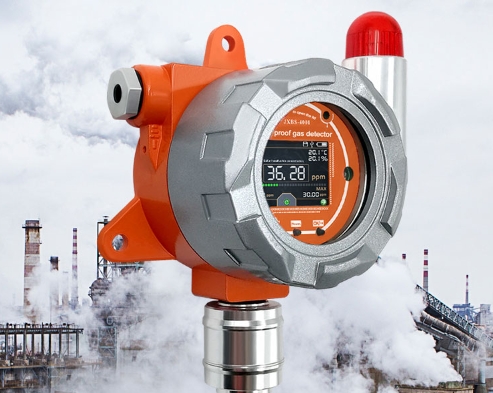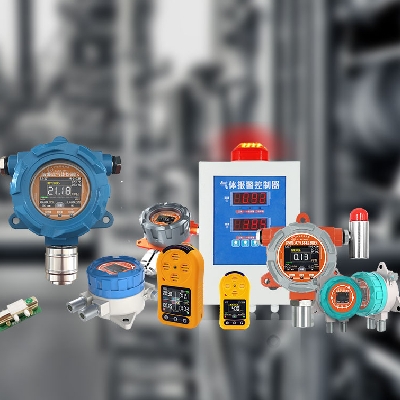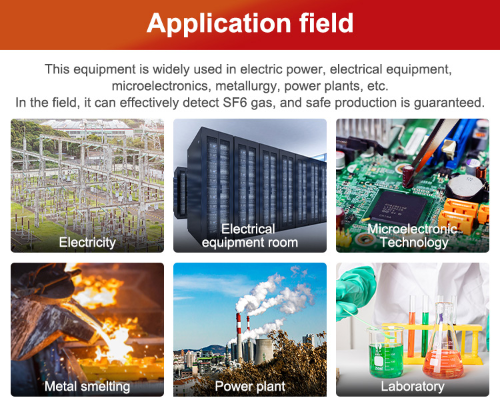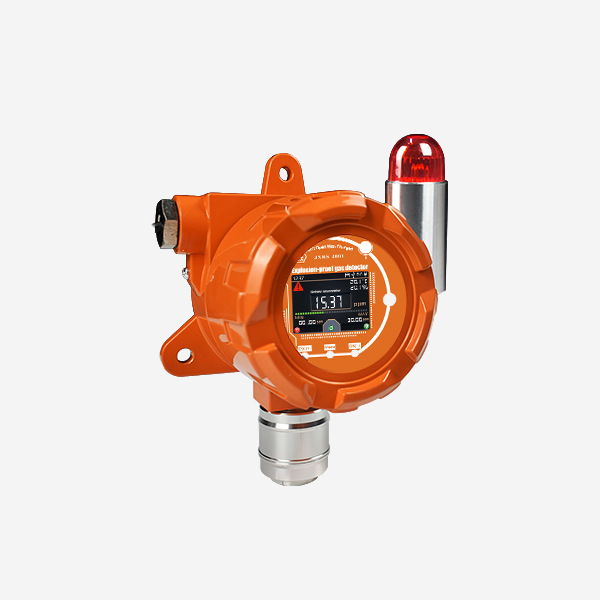Fixed gas detector are essential safety devices that play a critical role in safeguarding human life, protect the environment, and enhancing industrial efficiency. These instruments are continuously monitor the ambient air for the presence of hazardous gases or vapors, providing early warnings of potential risks and enabling timely interventions to prevent accidents, minimize emissions, and optimize process control. This essay delves into the workings of fixed gas detectors, their applications, benefits, and challenges, ultimately illustrating how they are transforming the way we manage and mitigate gas-related hazards across various sectors.

Understanding Fixed Gas Detector
Fixed gas detector employ diverse sensing technologies to detect and measure the concentration of specific gases or vapors in the atmosphere.
Some common types of sensors used in fixed gas detectors include:

Electrochemical Sensors: These sensors rely on chemical reactions occurring at electrodes within a sealed chamber to generate an electrical signal proportional to the target gas concentration. Electrochemical sensors are highly selective and sensitive, making them suitable for detecting toxic gases.
Infrared (IR) Sensors: IR sensors utilize the absorption of infrared light by target gases to determine their concentration. They consist of a light source that emits a specific wavelength of infrared light, which is then directed through the sample gas and detected by a sensor. The amount of absorbed light is proportional to the concentration of the target gas.
Flame Ionization Detectors (FIDs): FIDs are commonly used for detecting hydrocarbons in gas streams. They work by ionizing the target gas molecules when exposed to a flame, generating a current that is proportional to the gas concentration. FIDs are highly sensitive and can detect very low levels of hydrocarbons, making them ideal for applications in the gas industry.
Photoionization Detectors (PIDs): PIDs use ultraviolet (UV) light to ionize target gas molecules, generating a current that is proportional to the gas concentration. They are particularly useful for detecting volatile organic compounds (VOCs) and other substances with low ionization potentials. PIDs are widely employed in industrial hygiene, environmental monitoring, and emergency response scenarios.
Metal-Oxide Semiconductor (MOS) Sensors: MOS sensors consist of a metal-oxide film that changes its electrical resistance in the presence of target gases. They are typically used for detecting flammable gases, such as methane, propane, and hydrogen. MOS sensors are cost-effective and compact but may suffer from cross-sensitivity to other gases and temperature effects.
Applications and Benefits of Fixed Gas Detectors
The integration of fixed gas detectors into various industries offers numerous advantages, including:

Industrial Safety:
Fixed gas detectors provide continuous monitoring of potentially hazardous gases in industrial settings, such as petrochemical plants, refineries. Early detection of gas leaks or accumulation enables workers to evacuate danger zones and implement emergency response measures, preventing accidents, injuries.
Environmental Protection:
By monitoring gas emissions from industrial processes, fixed gas detectors help identify sources of pollution and enable corrective actions to minimize environmental impact. This includes reducing greenhouse gas emissions, mitigating the release of toxic substances, and preserving air quality.
Process Control and Optimization:
Fixed gas detectors can be integrated into process control systems to monitor gas concentrations during production or treatment processes. This real-time data allows operators to adjust process parameters, maintain optimal operating conditions, and enhance overall efficiency while minimizing waste.
Energy Management:
In the oil and gas industry, fixed gas detectors play a crucial role in leak detection and prevention, helping to reduce the loss of valuable resources. They also support the efficient utilization of natural gas in power generation and other applications.
Occupational Health and Hygiene:
Fixed gas detector are essential tools for ensuring workplace safety and complying with occupational health regulations. They help protect workers from exposure to toxic or flammable gases, facilitating the implementation of appropriate personal protective equipment.
Challenges and Limitations of Fixed Gas Detectors
Despite the many benefits of stationary gas detectors, there are some challenges and limitations.

Sensor Selection and Placement:
Selecting the right sensor technology and placing the detector in the right place requires expertise.
Calibration and Maintenance:
Fixed gas detectors require periodic calibration to ensure accuracy and reliability. Additionally, sensors may degrade, drift, or become contaminated over time, necessitating regular maintenance and replacement.
Interference and Cross-Sensitivity:
Fixed gas detectors may be affected by interference from other substances or environmental factors, leading to false alarms. Moreover, some sensors may exhibit cross-sensitivity to multiple gases, complicating the interpretation of measurement results.
Data Management and Integration:
Collecting, analyzing, and interpreting data from multiple fixed gas detectors can be challenging, requiring advanced software and IT infrastructure. Integrating this data into existing management systems and decision-making processes also requires expertise and resources.
Economic Feasibility:
The upfront costs of purchasing and installing fixed gas detectors, coupled with ongoing maintenance, may deter some stakeholders from adopting . However, the long-term economic, environmental, and social benefits often justify the investment.
Conclusion
Fixed gas detectors are indispensable tools for ensuring safety, protecting the environment, and enhancing industrial efficiency. By continuously monitoring the ambient air for hazardous gases or vapors, these devices enable interventions to prevent accidents, minimize emissions.
